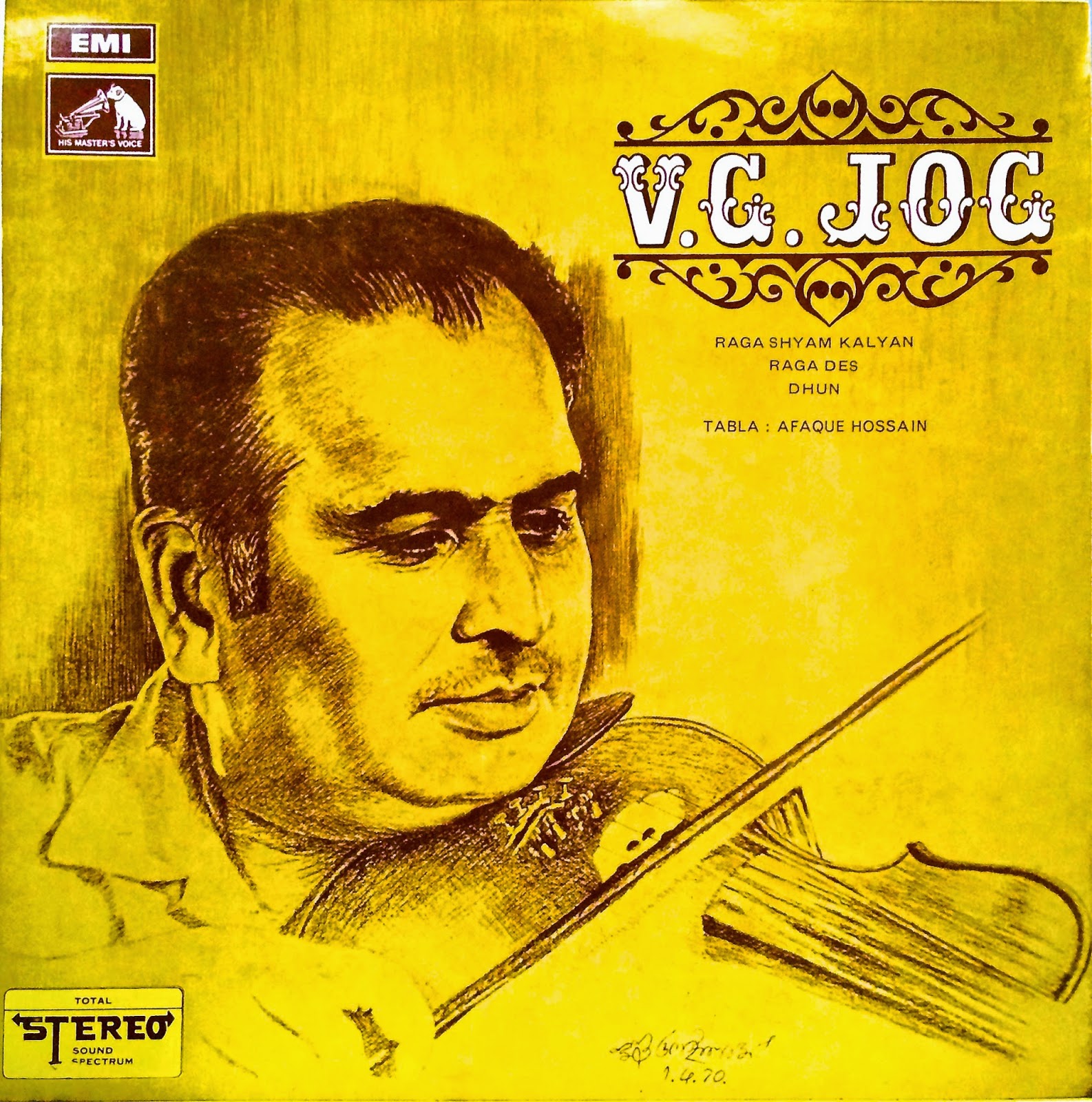This LP, which was recorded in 1980 at India's National Center for the Performing Arts (NCPA) in Bombay, does not seem to have shown up anywhere other than in Poland. It seems to have been issued by the Polish Jazz Society. (I should note that Jazz is still very widely admired in Poland and several of my acquaintances who are jazz musicians have found quite a warm and welcoming reception there.)
I had not heard of the album before my friend Nels loaned it to me for digitalization -- thanks, Nels!
Side A: Raga Puriya Kalyan (19:35)
Side B: Raga Jogiva (13:25) and Raga Misra Pilu (6:30)
Tabla by Suresh Talwalker.
Here is a short video of Brij Narayan playing at a house concert
Equipment used in transfer:
Turntable: Audio-technica AT-LP-1240
Cartridge: Shure M97x
Pre-amplification: Vintage refurbished Pioneer SX-780
Recorder: Edirol R-09HR at 24/48 resolution
For the new transfer, I kept the original 24bit, 48kHz files and used ClickRepair at a minimal setting to just eliminate some of the more obvious grunge-y sounds. I then used Audacity to down sample to 1644 and xAct to encode to mp3 and to FLAC.Turntable: Audio-technica AT-LP-1240
Cartridge: Shure M97x
Pre-amplification: Vintage refurbished Pioneer SX-780
Recorder: Edirol R-09HR at 24/48 resolution
(high resolution file ideal for listening on computer or certain portable players)
(standard resolution file ideal for burning a CDR)
(highest possible quality compressed file ideal for listening on a portable player)


















